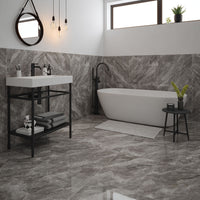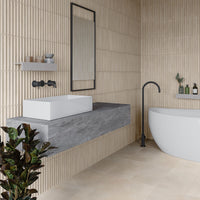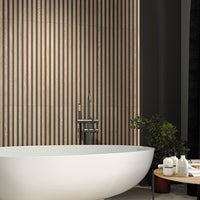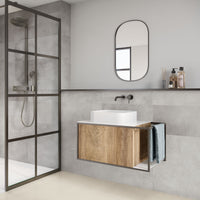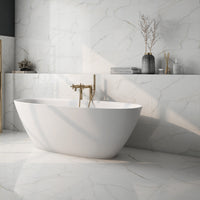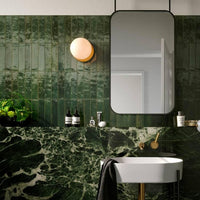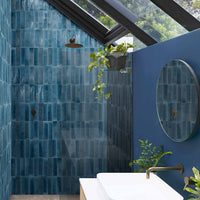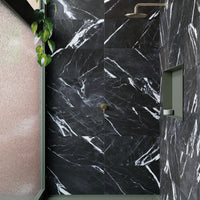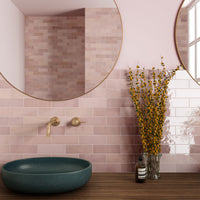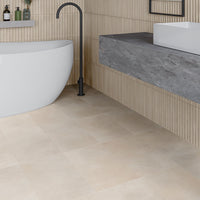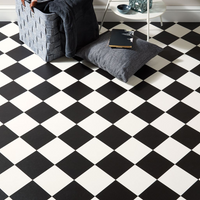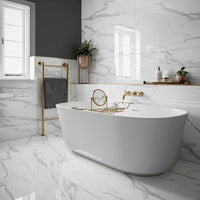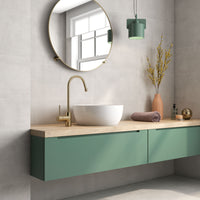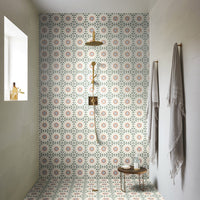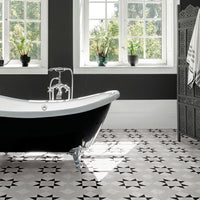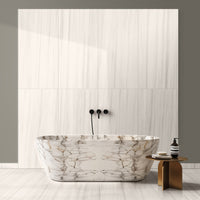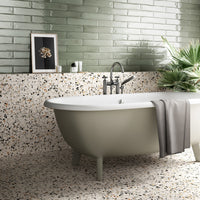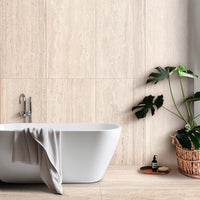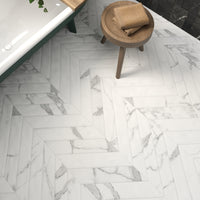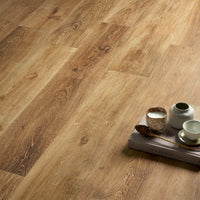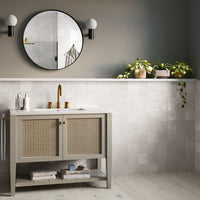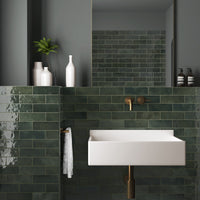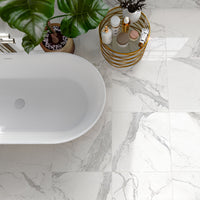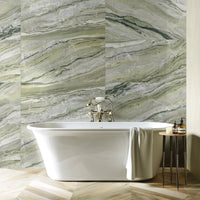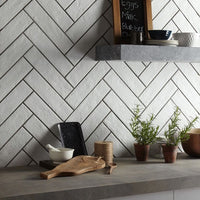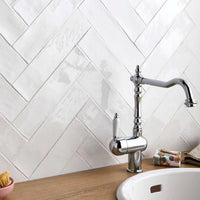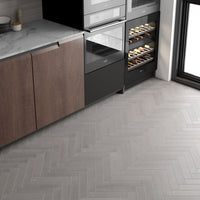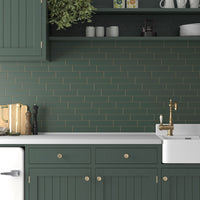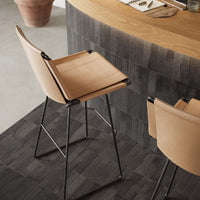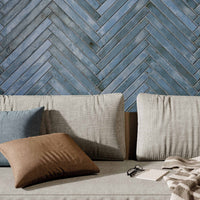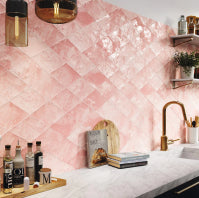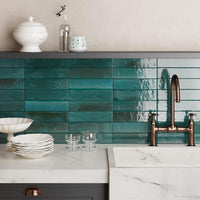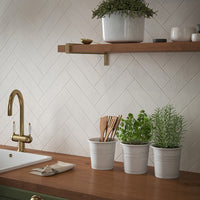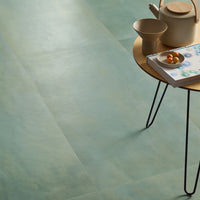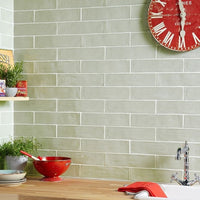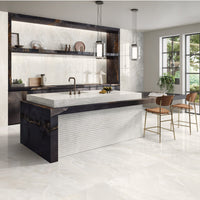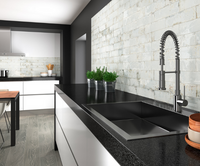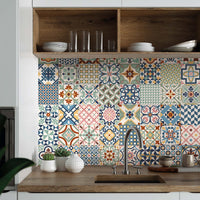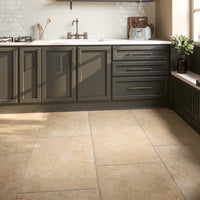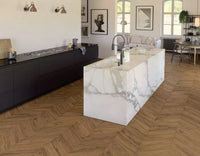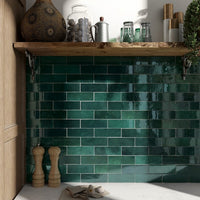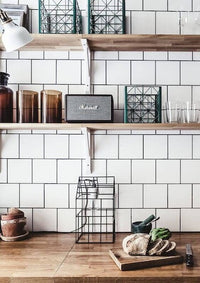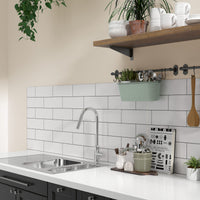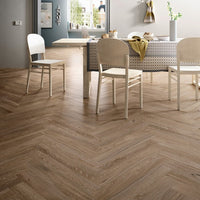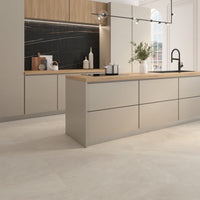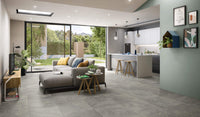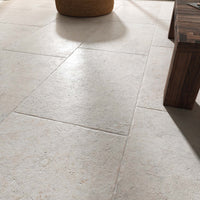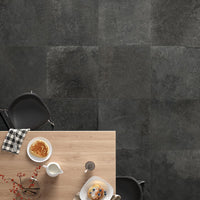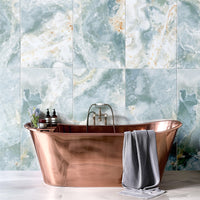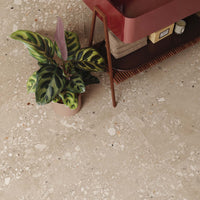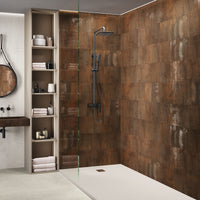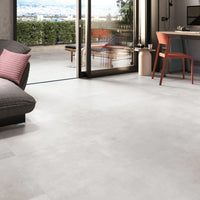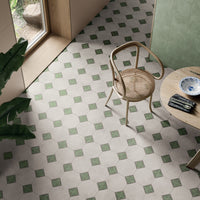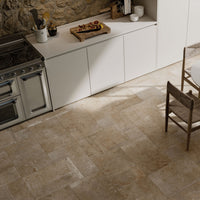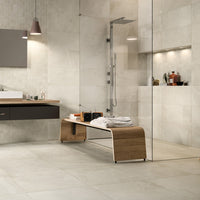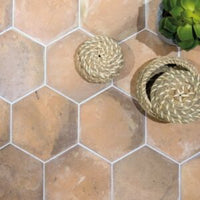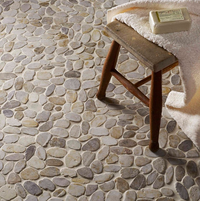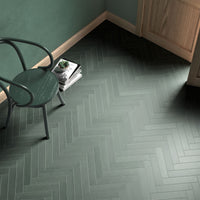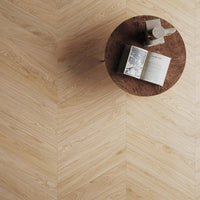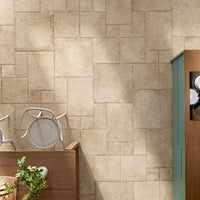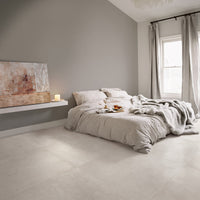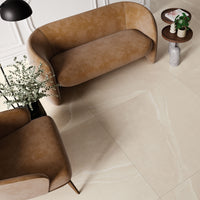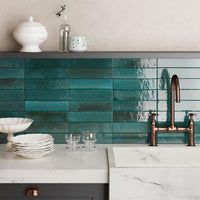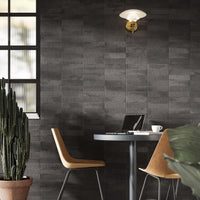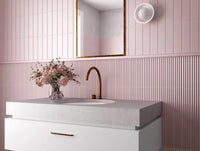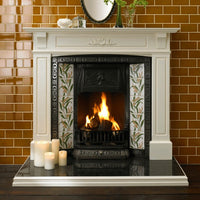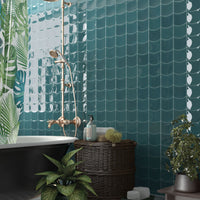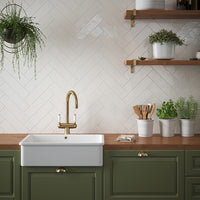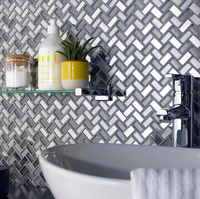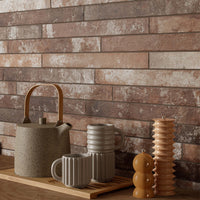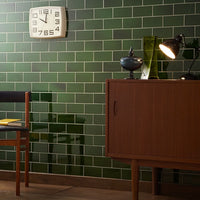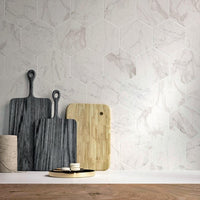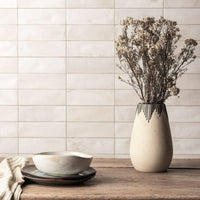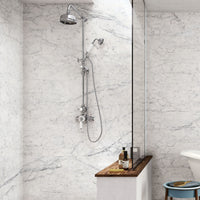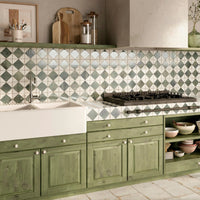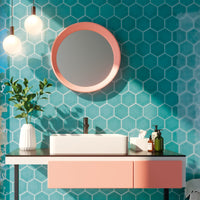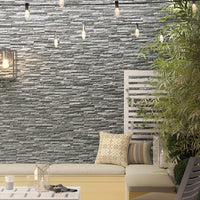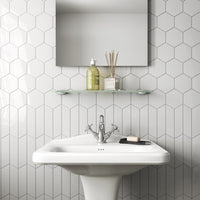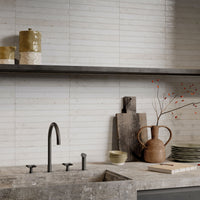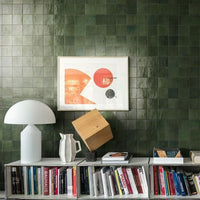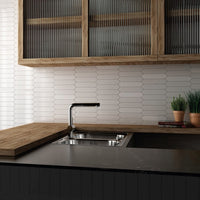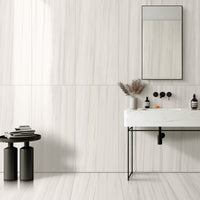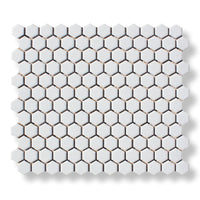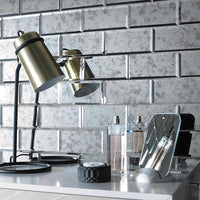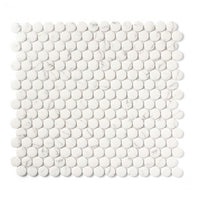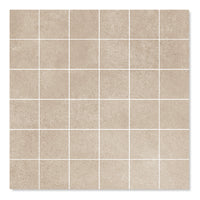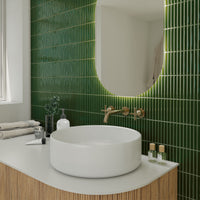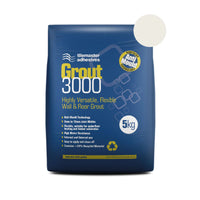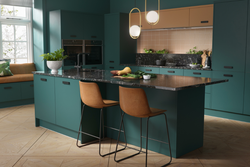The classic hexagonal tile has been used in our homes for centuries, but in recent times it has risen in popularity, becoming the geometric tile form of choice. Today’s tile designers have really embraced the hexagon, creating a slightly more edgy take on the tiles of old, while exploring the possibilities of combining this versatile form with different glaze effects, colours, and relief surfaces. As a result, hexagonal tiles are set to remain a key trend for years to come.

A contemporary alternative to square and rectangular tiles, the hexagon can be seen on a variety of different formats, from micro-mosaics on sheets, right through to large individual ceramic and porcelain tiles. The trend began with small hexagonal structures pressed into large format ceramic tiles, but now designers are playing with scale to create large individual hexagonal tiles that make an impact, as well as small, miniature versions to deliver texture and visual intrigue.
When it comes to colour, monochrome is still a very key trend. Classic black, white, and grey colour palettes are popular in hexagonal tiles, as these neutral shades allow the shape to take centre stage - check out our Mono range to rock the style at home.


We’ve also seen different finishes in demand with high gloss accenting the angular shape of the tile and matt effects working well with individual tiles, especially on floors.
However, over the past few years, designers have started to explore new colour palettes and, interestingly, patterned hexagonal tiles. On the colour front, the key hues of late have been rich blue, deep pink, burnt orange, chocolate brown and, most important of all, blue/green hues like aquamarine and turquoise. Overall, the joint impact of colour and pattern is creating a bold new voice for the hexagon.


Whether in the bathroom or kitchen, the key to the hexagonal trend is experimenting with shapes and colours to create stunning decorative effects. At first designs were careful and considered, but now eclectic designs are breaking through.


Mixing and matching different shades of one design can deliver clever, bold patterns on walls or floors. We can also expect to see more contrasting textures and effects paired with plain hexagonal tiles, such as a white carrara marble-effect hex teamed with wood-effect ceramic planks.


At Porcelain Superstore, we believe that the hexagonal trend is here to stay. We love how it has started to be used in melanges of different colours and patterns … one of the most eye-catching design directions at recent international tile shows.
While some hexagonal design, such as our striking Corsica, rocks bolder shades, the hexagon also suits more muted palettes of grey, white, cream, and beige, or subtle stone effect tiles such as white carrara marble or travertine. And, of course, it remains a staple shape for quarry or terracotta floor tiles.
Our Corsica Hex is a great example of the enduring appeal of hexagonal tiles. This 120 by 138mm delivers a Mediterranean vibe with its distinctive honeycomb shape and intoxicating aquamarine colour.


If you’re using these tiles in a bathroom, the ideal pairing is a relatively light and plain floor, so that these wall tiles can really sing. Elsewhere in the home, these tiles are perfect with pink and white accessories; ideal for niches, or as a statement kitchen splashback. Go bold … visit Corsica!
